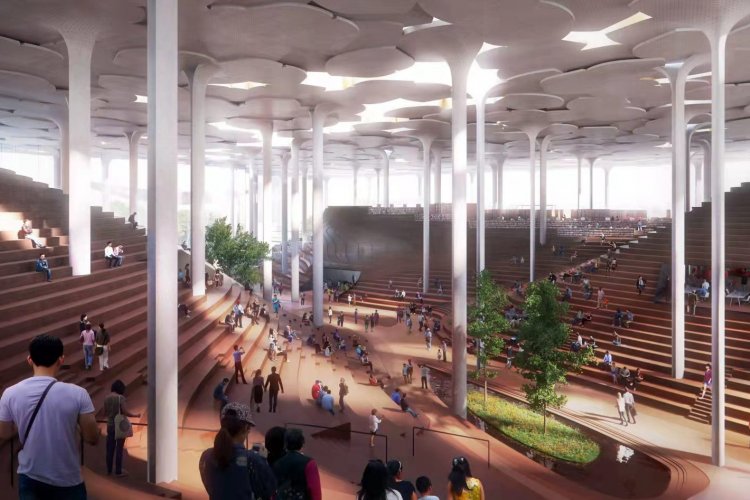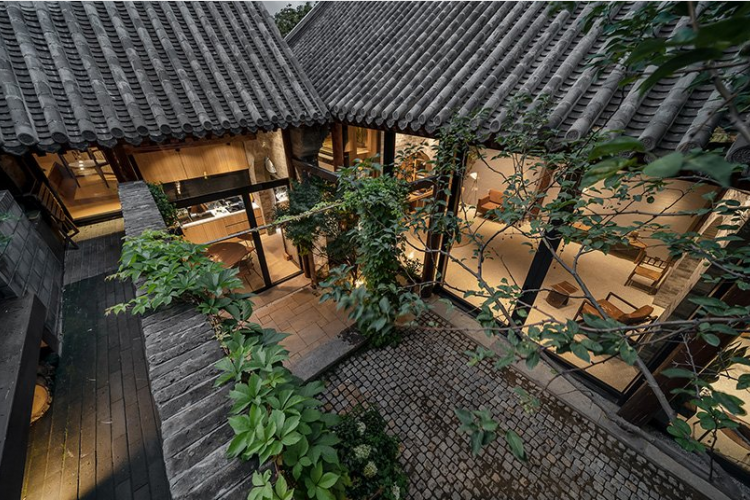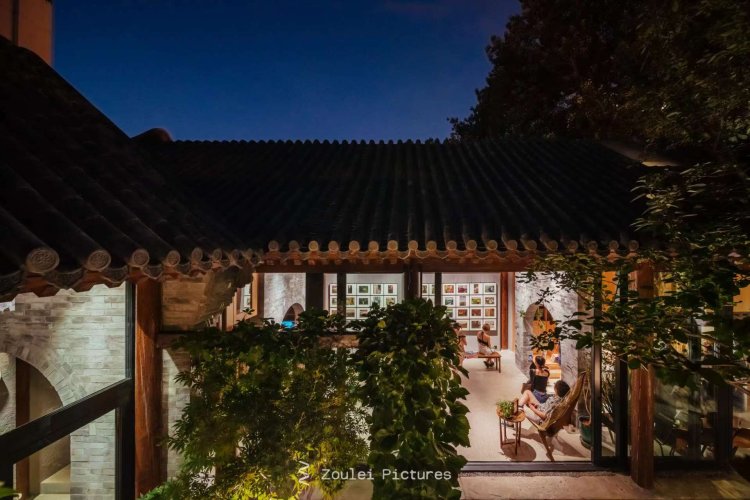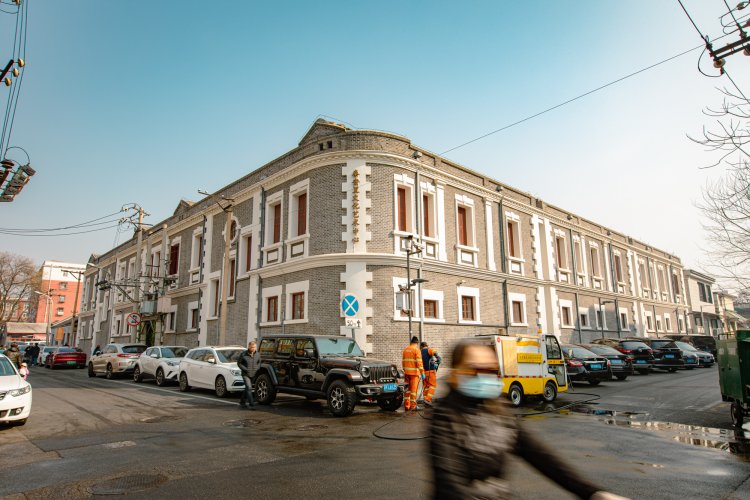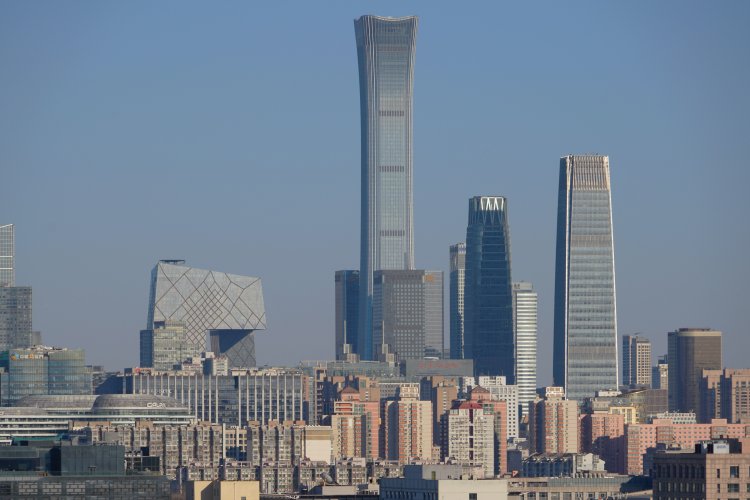The Dali Project: How a Beijing-Based Architect is Preserving Ancient Chinese Traditions
Animal sacrifices, the making of a coffin, and the fengshui master finding the perfect burial site: It’s an ancient part of Chinese culture that not many people know about, and even fewer get to witness. In Dali Village, the three-day funeral procession is a vital aspect of the Dong culture.
Dali Village, located deep in the heart of Guizhou's mountainous countryside, is one of a small number of villages that still continue the ancient culture of the Dong minority today. A unique style of textiles and architecture is the beating heart of Dali Village and the Dong minority, but as more young residents go to work in nearby cities, fewer people are inheriting these vital skills.
“The Dong ethnic group are a minority that cultivates a culture that finds its expression in a specific style of dress, architecture, music, and spiritual belief," explains Jenny Chou Beijing-based architect and founder of Atlas Studio and the Dali Project. "Dong architecture is a special type of architecture, you can take the structure apart, move it and rebuild it.”
The Dali Project is a multifaceted venture that looks at preserving the Dong minority’s textiles production and architecture, while further benefiting the local economy. Working closely with the people in the village, Chou and her team – with the support of the Global Heritage Fund – have established a community center which allows for the women in the village to have their own space to make and sell their textiles (which had formerly only been used as clothes for villagers). Now that the community center is finished, attention has focused on building a boutique hotel to bring tourists to the area. “It’s about creating a more sustainable way for a village to support itself in a capitalist society.”

Chou, originally born in Taiwan, founded Atlas Studio in 2015 with two of her former classmates. Atlas is a studio of multi-disciplinary designers based in Beijing founded by Ahti Westphal, Catherine McMahon, and Chou. The studio is rooted in the discipline of architecture but undertakes projects that utilize multiple disciplines of design, as well as research, curation, strategy, and community building. Each project the studio takes on is an opportunity to articulate a contemporary narrative that bridges cultures and contexts.
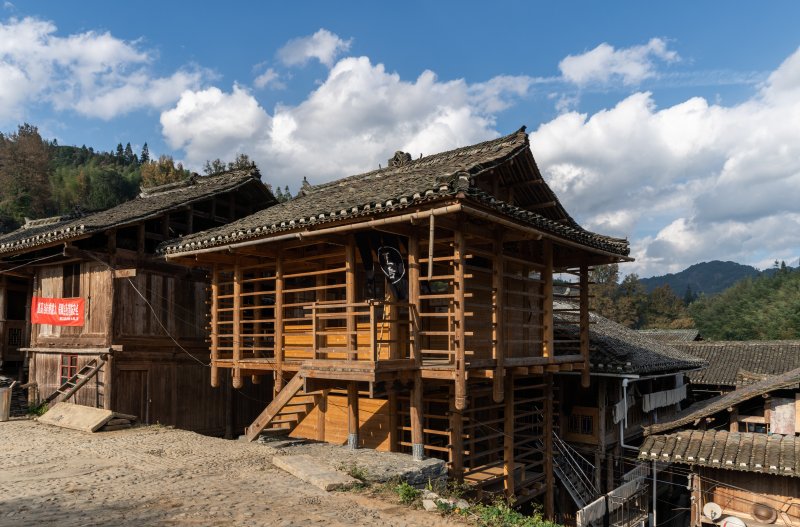
Chou left Taiwan when she was 15 and lived in New York with her family. She stayed there until she graduated from Rhode Island School of Design, one of the most prestigious art schools in the US. “It was here that I learned about material culture and the relationship between the environment and its materials,” says Chou.
Although she had traveled in China when she was young, it wasn't until 2009 that she lived on the mainland, when she left her family in New York to start a new life in Beijing.
“I came to China in May 2009, after the Olympics. At that time the Chinese architecture scene was really booming. I also really liked the art industry in Beijing at that time, it was really lively. There was a lot of freedom because things like renting a studio or flat weren't so expensive. There were a lot of foreign architects and artists in China doing a lot of interesting things at that time.”
Working as an architect and designer in Beijing, Chou collaborated on projects to help reconstruct rural areas in Sichuan and Taiwan destroyed by earthquakes. Around the same time, she had begun her research into Guizhou and the Dong minority.

“In 2012, I came across a book called In Print on Cloth by two Japanese designers. They did fieldwork on the Dong minority in Guizhou. This book, and the textile production I saw in it, left a really strong impression on me.”
The Dali Project was created in conjunction with Global Heritage
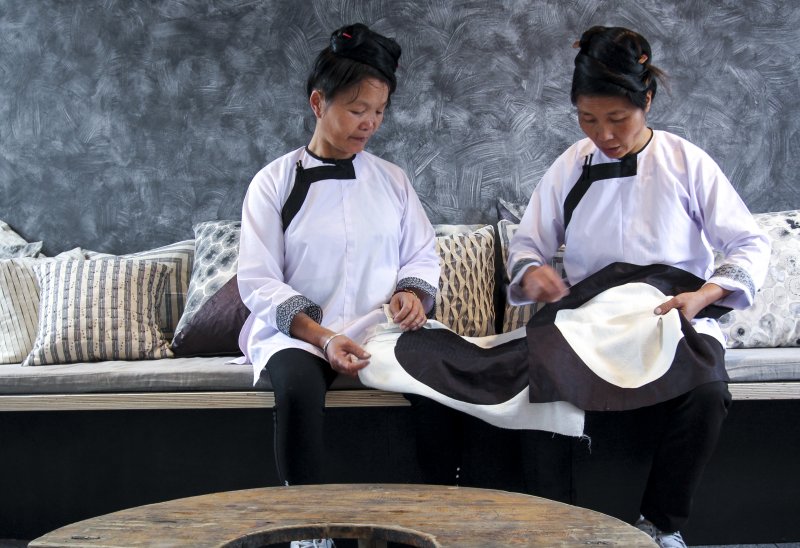
In the beginning, Dali Project focused primarily on the means of using the textiles made by the local women to not only offer a new source of income for the village but also as a way for the women to be less dependent on the men in the village. The community center was constructed in collaboration with Dali’s Master Carpenter.
“We helped the local women set up a textile center to make and sell products. Working together with Global Heritage Fund, we trained the women and supported them to start a co-op together. We also worked very closely with the Master Carpenter to build the community center for the women to use. Before, the people in the village were just using the textiles to make clothes for their families, now they have a means of selling them.”
By building a close relationship with the Master Carpenter and the villagers as a whole, Chou has been able to explore more ways of developing the village and benefiting the Dong people.

“Dali Project is a slow project and it takes time, we are building relationships and trust. Now we’ve been working together for a long time, we’ve built that trust. So, when we are asking the people in the village to do new things it might be a little challenging at first, but if we really explain to them our intention, why we are doing this, we can show them how this is good for them.
“Last year, we started working with a new Dali resident, a young guy who has moved to Dali to create a boutique heritage hotel. The hotel is about connecting traditional culture with a modern way of living. We are still using the traditional ways of building, but with modern touches, such as a modern-day bathroom and proper insulation. It’s about combining the modern and traditional.”

As a small village of 1,000 residents, having a new source of income from tourism and textiles will bring more stability to Dali.
“Because of the location, we can’t get a large group of tourists, the model we are trying to build, it's not like a big tourism group, instead you go and experience the village yourself.”
Dali is located in the mountains of Guizhou and has a population of around 1,000 residents spread across 300 households. A 30-minute drive from the nearest city will take you to the foot of the mountain. The rest of the journey is entirely on foot.
Life in Dali Village is very traditional, and the people have a strong tie to their natural surroundings.
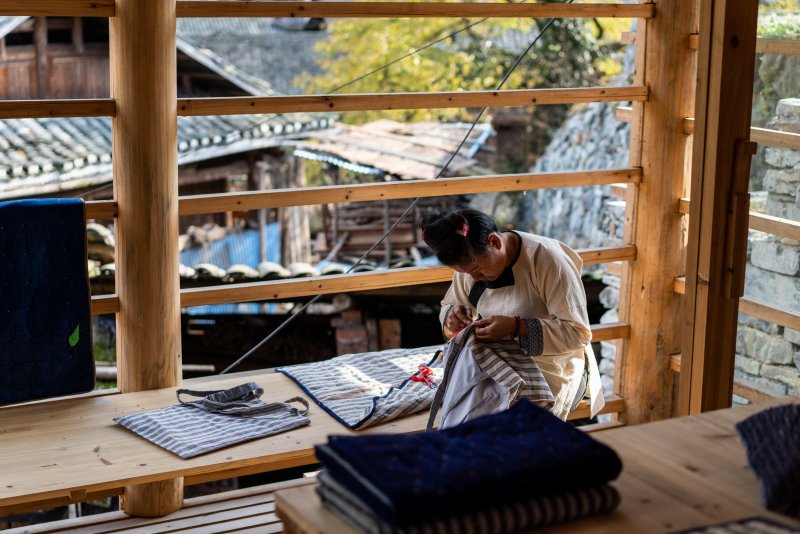
“We think we are busy in the city; they wake up at 5am and go to the field for 12 hours, make dinner and clean the house. Then they have to tend to other crops, the animals, their families, and when there is time, make textiles.
“Dali has become my second home in China. You see how the village emerges from the mountain, it’s really beautiful. Also, Dali is a very rich village, they have lots of food. Food is the number one thing for these villages, and they grow 80 percent of it themselves, they never lack food. They even grow their own rice! It’s by definition a self-sufficient village.”
A project like Dali won’t have an end goal, it will be a project that will continue to develop over time. “Atlas Studio and the Global Heritage
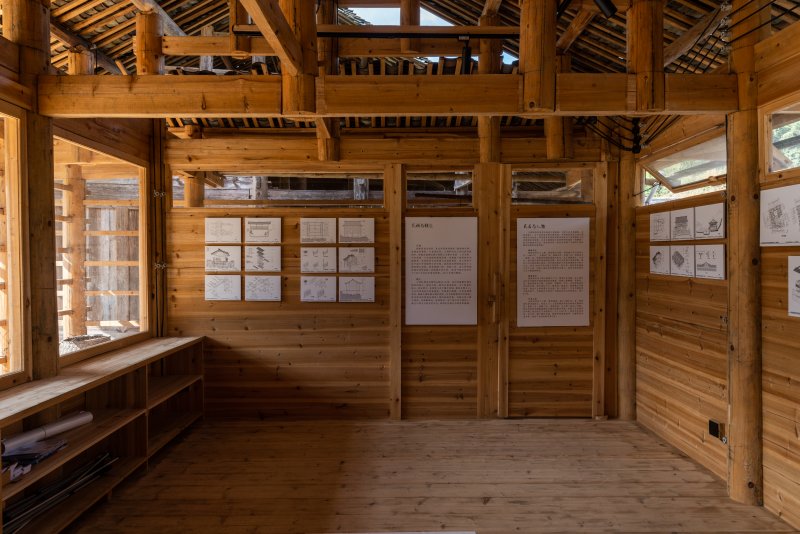
“A lot of what we do we cannot visualize; we spend a lot of time working with people. For example, we had to train a textile leader, set up a shop with them, and take photos.”
Wherever Dali Project goes next, the main focus will be on passing on the skills possessed by the women making the textiles and the Master Carpenter and his team. Dali Project is about ensuring that the Dong people’s traditional methods are not lost forever.
“Some skills and knowledge are being lost, it happens everywhere, it’s a natural process, but one of our goals is heritage education. We hope we can bring new opportunities to the people and pass on the skills they all possess.”
READ: Beijing's Five Architectural Colors, and the Symbolism Behind Them
Images: Atlas Studio


